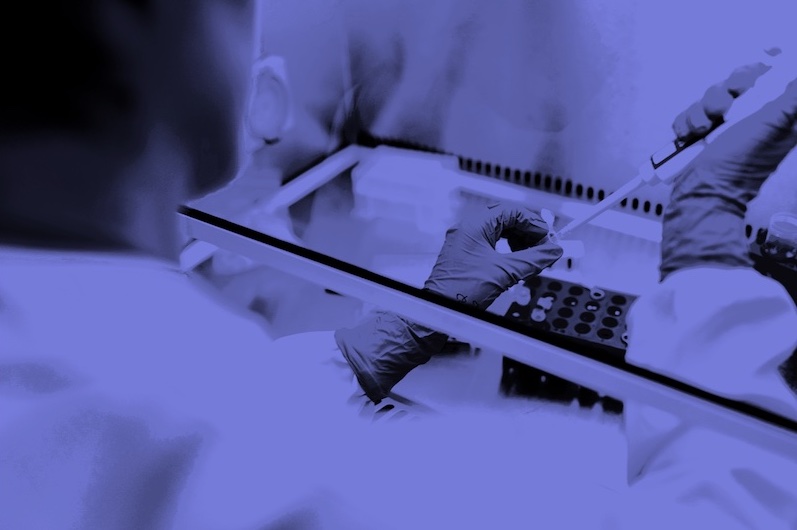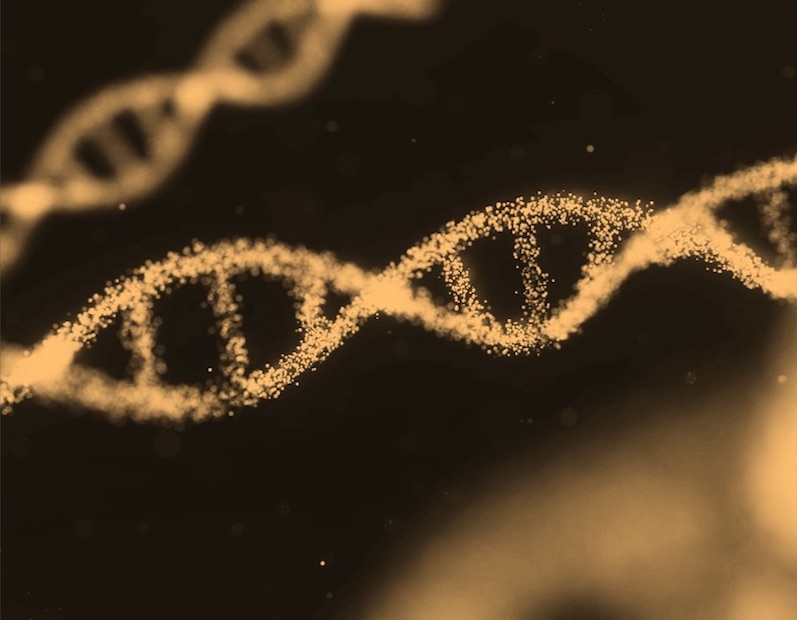What is it about?
There are challenges associated with recruiting children to take part in research and as a result, compared to adults, for many diseases, we are less certain about which treatments are most safe and effective. This can lead to weaker recommendations about which treatments to prescribe to patients. However, it may be possible to include adult evidence to improve our understanding of which treatments work best in children, and many different statistical methods are available to conduct these analyses. In this paper, we discuss these different statistical methods and explore which might lead to the most reliable results of which treatments work best in children.
Featured Image

Photo by Aditya Romansa on Unsplash
Why is it important?
Evidence from adult trials may help to improve our understanding of how well medicines work in children and help to reach conclusions about new medicines for children and young people sooner, without needing to do so many trials in children and young people. Instead, smaller clinical trials could be used to confirm findings.
Perspectives
These methods are applicable in many areas within pediatric research where evidence is scarce. For me, future work aims to produce clinically useful outcomes on the effect of anti-sickness medicines for the prevention of chemotherapy-induced nausea and vomiting in children and young people, where will collect data to form a full network of treatments.
Ruth Walker
University of York
Read the Original
This page is a summary of: Comparison of Bayesian methods for incorporating adult clinical trial data to improve certainty of treatment effect estimates in children, PLOS One, June 2023, PLOS,
DOI: 10.1371/journal.pone.0281791.
You can read the full text:
Contributors
The following have contributed to this page







